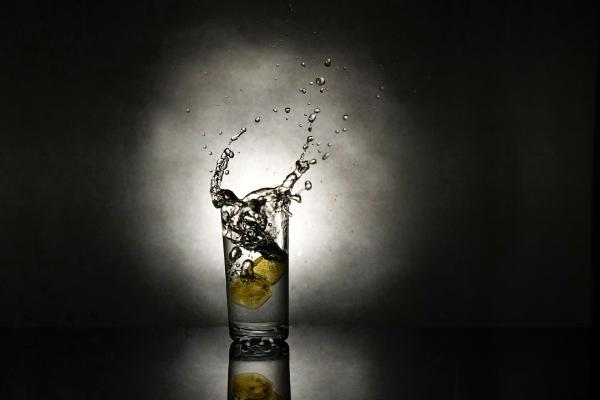Hiccups, medically termed singultus, are the involuntary contraction of your diaphragm, the large muscle group that helps us draw each and every breath. The contraction is accompanied by an equally involuntary closing of your vocal cords providing the hic in hiccups. [1]
Other than saying it appears to be related to “irritation” of the nerves controlling the diaphragm, we know little about hiccups' underlying cause. Irritation can include the usual, for hiccups, suspects, drinking, or overeating. However, for hiccups lasting more than 48 hours, inflammation or injury to the vagus and phrenic nerves that control the diaphragm are felt to be the underlying cause.
 Most hiccups go away on their own, despite holding our breath, swallowing liquids, or scaring one another – standard home remedies, none of which do a thing.
Most hiccups go away on their own, despite holding our breath, swallowing liquids, or scaring one another – standard home remedies, none of which do a thing.
But as an article in JAMA Network Open now reports, there is help from a new medical device – the HiccAway. It allows for simultaneous contraction of the diaphragm and closing of the epiglottis (an anatomic area near those vocal, vocal cords), which activates the vagus and phrenic nerves. In essence, it takes a hiccup to stop the hiccups.
HiccAway has a small valve at the bottom of the straw, making it more difficult to pull in a liquid. The effort to suction up a bit of fluid causes the diaphragm to contract and the epiglottis to close. The study reports on the experience of 249 of the 640 who volunteered to try the device.
“Most participants (69.5%) reported hiccups at least once a month, and most (65.9%) had hiccups of less than a 2-hour duration. FISST stopped hiccups in nearly 92% cases and was rated favorably compared with home remedies across all demographic characteristics, hiccup frequencies, and hiccup durations.”
How favorably, you ask? On a five-point scale, participants rated the device at 4.53 – favorably or strongly favorable compared to home remedies. At $14, it is more expensive than scaring someone or drinking water but come on; you have to see the intrinsic value of this device. Not everything has to save the planet. Who says innovation is dead?
“It works instantly and the effect stays for several hours.”
Dr. Ali Seifi, co-author of the study
As with all studies, this one has limitations: A small and perhaps biased sample, no control group, and the outcome measures were primarily subjective. But it certainly didn’t warrant the comments of Dr. Rhys Thomas, a neurologist in England, who is not associated with the device. He points out that there are other less expensive options – his favorite, “plugging both ears tightly while drinking a glass of water through a normal straw.”
Thomas' statement, “I think this is a solution to a problem that nobody has been asking for,” may be tempered by a possible conflict of interest in supporting the ear plugging method. Also known as “Lam’s miraculous hiccough cure," a procedure he discussed in a tongue-in-cheek manner in this BMJ article. As a final aside, among Dr. Thomas’s work references is a case report where sexual intercourse provided the cure for a 4-day bout of hiccups.
[1] For those of you insistent on a more thorough study of the underlying cause and treatment, read here.
Source: Evaluation of the Forced Inspiratory Suction and Swallow Tool to Stop Hiccups JAMA Network Open DOI: 10.1001/jamanetworkopen.2021.13933




